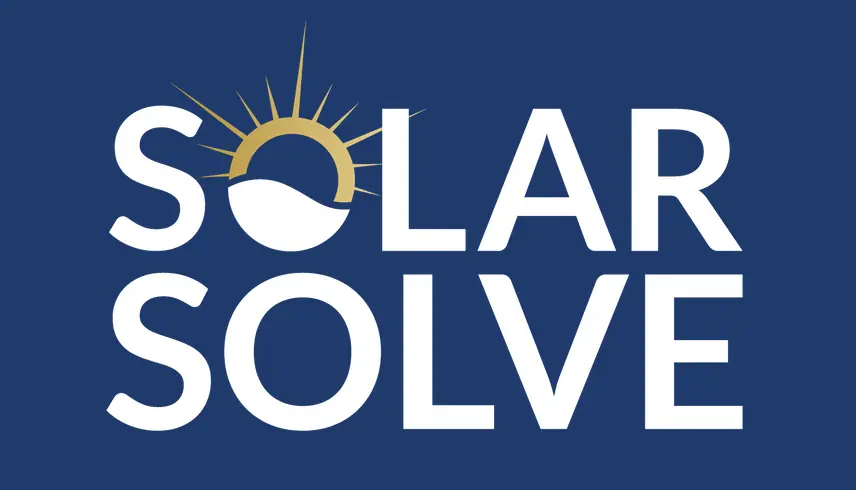This article and the quotes and ideas within it can be useful in learning and teaching. The ‘glass half-full/empty’ quote, especially the many interpretations, offer insights and ideas as to the way that we see the world and life in different ways. Whether the glass is half-full or half-empty is not just about optimism and pessimism, it’s about how different people relate to the world and to each other in different jobs, roles and situations. Perhaps even more interestingly these quotes illustrate how different people see the same situation in different ways. This point, that different people see one situation in different ways, is central to what we seek to learn and teach, in life and work.
The optimist says the glass is half full.
The pessimist says the glass is half empty.
The project manager says the glass is twice as big as it needs to be.
The realist says the glass contains half the required amount of liquid for it to overflow.
The professional trainer does not care if the glass is half full or half empty, he just knows that starting the discussion will give him 10 minutes to figure out why his PowerPoint presentation is not working.
The entrepreneur sees the glass as undervalued by half its potential.
The marketing professional convinces the buyer that what’s left in the glass is more valuable than the first half.
The consultant says let’s examine the question, prepare a strategy for an answer, and all for a daily rate of £….
The engineer says the glass is over-designed for the quantity of water.
And the cynic… wonders who drank the other half.
Anyway… #Attitude is not about whether the glass is half full or half empty, it’s about who is paying for the next round!

